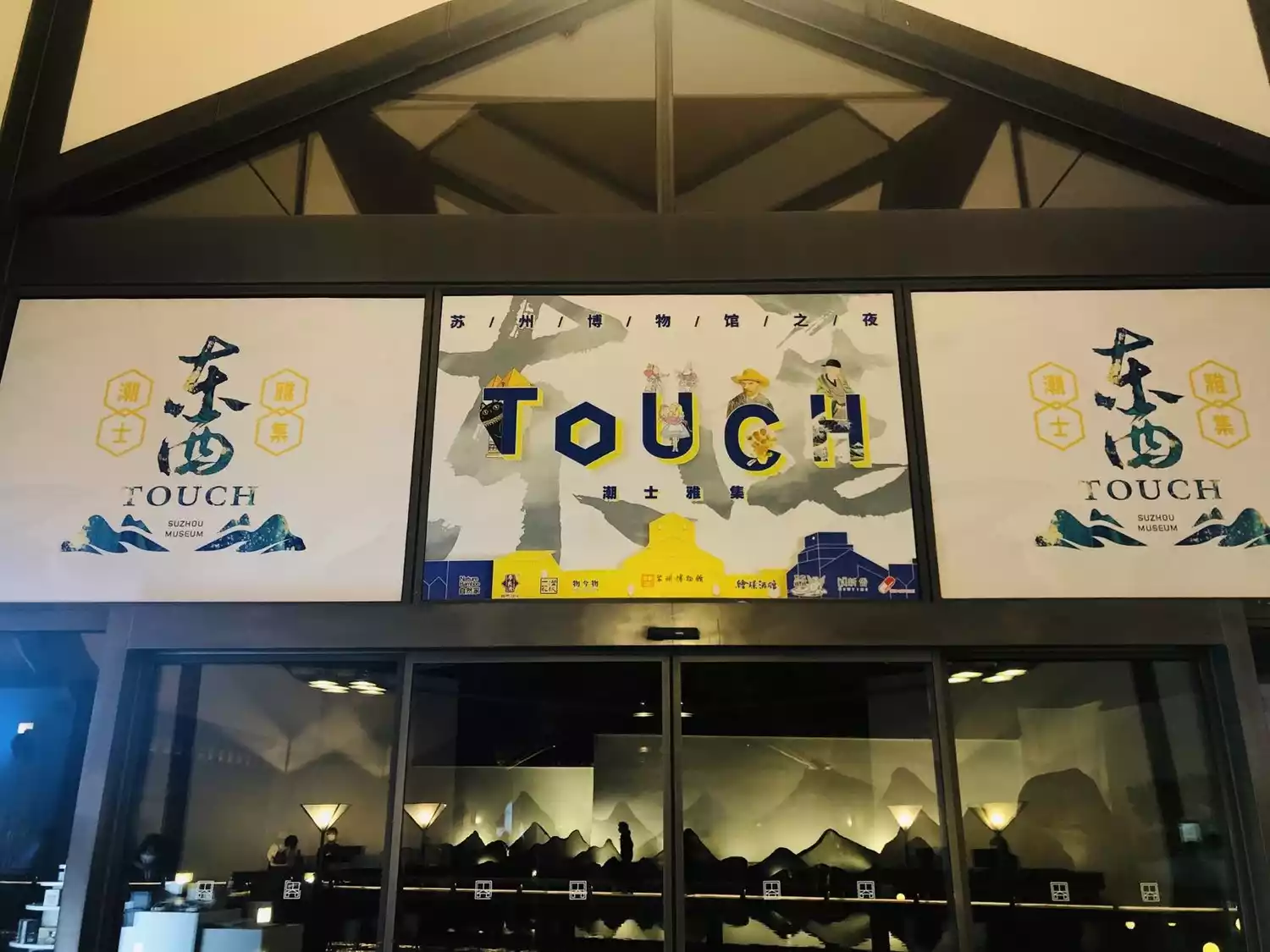Suzhou's popular museums: Experience Suzhou's elegance in this "City of 100 Museums"
Preface
Two years have passed since the pandemic became normalized. Data for the 2021 National Day travel season has also been released, showing 650 million trips nationwide. Suzhou, unsurprisingly, appears in the top 10 list of popular destination cities. However, surprisingly, the top-ranked attractions are no longer just gardens and ancient towns, but the Suzhou Museum and the newly opened West Branch of the Suzhou Museum.
According to statistics, during the National Day holiday, Suzhou Museum received a total of 107,000 visitors, and the West Hall of Suzhou Museum received 53,000 visitors, ranking among the attractions in Suzhou with the fastest growth in the number of visitors.


Suzhou, the "City of a Hundred Museums"
As of now, the city boasts a total of 102 museums, including 74 state-owned and 28 non-state-owned. Suzhou, in many people's minds, lacks the rich underground civilizations and cultural treasures of Henan and Shaanxi, nor the profound heritage and dazzling treasures of countless imperial capitals like Beijing and Nanjing. He is like a gentle and elegant Jiangnan woman, witnessing the splendor of the Jiangnan region and inheriting the elegance of Suzhou's literati and the craftsmanship of its craftsmen. 2,500 years ago, the great city of Helu was completed, and the State of Wu eventually became one of the Five Hegemons of the Spring and Autumn Period. 2,500 years later, he still reigns supreme in Jiangnan, a land of elegance and wealth.
This article recommends 13 of Suzhou's most popular museums from a tourist's perspective. The rankings are personal opinions only. Come experience the charm of Suzhou, a place where "ambitions blend with elegance, creating a paradise within easy reach"!









Hotshot
Suzhou Museum (Main Building)
Highlights: It's like walking into a Jiangnan landscape painting. The building itself is unique in China and fully reflects the elegance of literati.
Treasures in the collection: Pearl Relic Pagoda (Northern Song Dynasty), Secret Color Porcelain Lotus Bowl (Five Dynasties), Wisteria planted by Wen Zhengming (Ming Dynasty)
Address: No. 204, Northeast Street, Gusu District
Opening hours: Tuesday to Sunday 9:00-17:00 (occasional night sessions during summer vacation) Last admission at 16:00
Ticket price: Free (it is difficult to book on holidays)
Introduction: The stone rockery and hexagonal stained glass windows are the most popular places for taking portraits. Visiting the Suzhou Museum is not just about seeing cultural relics, but also about seeing the architecture. The atrium, side corridors, courtyards, and stained glass windows all have perspectives and light and shadow that reflect the beauty of Jiangnan. Entering the museum is like walking into a living landscape scroll. The Moxi Hall has restored the architectural style and displays of a Northern Song Dynasty study on a one-to-one basis. The treasures in the two towers reveal the reason for the prosperity of Buddhism in the city of Suzhou. The jade carvings and kesi silk that are highly sought after by the royal family tell the story of the admirable Suzhou craftsmen.





Suzhou Museum (West Building)
Opening on September 29, 2021
Highlights: Four times the exhibition space of the main museum, 80% of the artifacts are exhibited for the first time. This large-scale comprehensive science and education museum also has a four-year special exhibition cooperation agreement with the British Museum (one special exhibition per year).
Treasures in the collection: Sword of King Yu Yu of Wu (Spring and Autumn Period), Golden Dragon (Tang Dynasty), Jun Kiln Drum-nailed Three-legged Washbasin (Song Dynasty), Zhao Mengfu's Imitation of the Lanting Preface (Yuan Dynasty), Gold-inscribed Lotus Sutra (Tang and Five Dynasties), White Jade Elephant (Qianlong Period), Gold-sprinkled Folding Fan (Ming Dynasty), Picture of the Seven Gentlemen (Yuan Dynasty)
Address: No. 399, Changjiang Road, Huqiu District
Opening hours: Tuesday to Sunday 9:00-17:00, last admission at 16:00
Ticket price: Free (it is difficult to book on holidays)
Introduction: More national treasures and large-scale cultural relics on display, including the Wu Wang Yuhuan Sword and the Lotus Sutra; a must-see at the General History Museum, Suzhou Crafts Museum, and the British Museum special exhibition; invaluable ultra-low-reflective glass for easier photography; technology interprets the exquisite details of cultural relics; a continuation of the ancient wisteria; the ultimate Suzhou craft aesthetics that have led the nation for a thousand years; and the first combined cursive calligraphy of the great talent Xu Wei 500 years later.




Wuzhong Museum (Wu Culture Museum)
Opening on June 23, 2020
Highlights: The mosaic of virtual and real, like the spatial image of Wuzhong Garden, has become a new "Internet celebrity check-in spot" in Wuzhong; it is a large museum mainly based on the exhibition of cultural relics unearthed from modern Suzhou tombs, and there are also very interesting lectures and special exhibitions (such as the lecture on Suzhou Song Dynasty architectural relics)
Treasures in the collection: Black pottery fish basket-shaped jar with pierced ears (Liangzhu), Zhu Bishan silver cha cup (Yuan Dynasty), underglaze red covered jar with white cloud dragon pattern (Yuan Dynasty), parrot head arched jade ornament (Spring and Autumn Period), guqin (Warring States Period)
Address: No. 9, Dantai Street, Wuzhong District
Opening hours: Tuesday to Sunday 9:00-17:00, last admission at 16:00
Ticket price: Free (book in advance)
Introduction: The museum's collection, primarily based on a wealth of archaeological discoveries (such as the Zhenshan Tomb), boasts nearly 10,000 artifacts, including a Neolithic black-clad pottery jar with inscribed symbols, a parrot-headed jade ornament and a Chutu li from the Spring and Autumn Period, a Warring States-era guqin (a traditional Chinese zither), and a Jin Dynasty celadon flat pot. The museum has hosted several fascinating special exhibitions, including the Ming and Qing Wuzhong Landscape Exhibition, the Three Kingdoms Cultural Exhibition, the Zeng State Bronzes Exhibition, and the Palace Museum Exhibition "Qianlong's Sixth Trip to the South." The museum also offers innovative offline events, such as collaborations with the mobile game Jiangnan Hundred Scenes, and exhibitions featuring national treasure animation.





Image @Wuzhong District Culture and Tourism Bureau
Enjoy both viewing the exhibition and taking photos
Suzhou Stele Museum
Highlights: One of Suzhou's lesser-known museums, this one boasts a rich cultural heritage. Located within the Confucian Temple on Renmin Road, it's known for the time when Fan Zhongyan founded the Imperial Academy. Since then, Suzhou's cultural heritage has endured for millennia, producing countless top scholars and scholars. In autumn, the Confucian Temple offers a chance to see the thousand-year-old ginkgo trees, making it a rare autumn viewing spot within the Old Town.
Collection treasures: Four Song Dynasty steles (national first-class cultural relics)
Address: No. 613 Renmin Road, Gusu District
Opening hours: Monday to Sunday 8:30-16:30
Ticket price: Free, no reservation required (must bring ID card to pass the gate)
Introduction: The four major Song Dynasty steles, namely the "Pingjiang Map", the "Astronomical Map", the "Geographical Map" and the "Emperor's Succession Map", are all national first-class cultural relics. If you like stele culture, you must come and see them. You can also visit the Millennium Confucian Temple. In addition, there are calligraphy and stele displays, the Dacheng Hall Confucius Culture Display, the Qing Dynasty Suzhou Industrial and Commercial Economy Stele Display, the Minglun Hall Fan Zhongyan and Academy Display, the Qingfeng Hall Lianshi Culture Display, and the world's longest stele "Han Shizhong Tombstone" rubbings, etc. There are also many attractions in the surrounding area, including Canglang Pavilion, Keyuan Garden, Wangshi Garden, and Yan Wenliang Memorial Hall, which is suitable for a whole day of fun.






Suzhou Silk Museum
Highlights: This museum showcases not only silk artifacts but also an ancient loom (the only one of its kind), showcasing the entire process from silkworm production to finished silk products. This advanced craft has been continuously maintained from ancient times to the present day. A must-see for exhibition enthusiasts. Nearby is the Beisi Pagoda and the Suzhou Art Museum, as well as the site of Tang Yin's former residence (Taohuawu).
Treasures in the collection: velvet loom, Zhang satin loom, brocade loom, Yuan Dynasty colorful embroidered crane-patterned women's dress, jacquard Paris satin cheongsam, azurite-embroidered five-color four-cloud dragon robe, brocade figure
Address: No. 2001, Renmin Road, Gusu District
Opening hours: Tuesday to Sunday 9:00-17:00 (last admission at 16:00)
Ticket price: Free, no reservation required
Introduction: The Suzhou Silk Museum boasts over 700 artifacts dating from the Neolithic Age to the Ming and Qing Dynasties, as well as over 3,000 specimens and materials. Six exhibition areas showcase the prosperity and heritage of Suzhou's silk culture, making it a perfect place for families. Fashion exhibitions and experiential activities are also occasionally offered.





Imperial Kiln Gold Brick Museum
Highlights: This is China's first museum dedicated to displaying "Imperial Kiln Gold Bricks." It became popular because of the TV series "National Treasure" and the former director of the Palace Museum, Shan Jixiang. It has made the public rediscover the intricate relationship between Suzhou Imperial Kiln and the Palace Museum, and also tells the legend of Suzhou craftsmen. It is definitely a popular check-in spot for portraits.
Treasures in the collection: 1,439 gold bricks dating from the Yongle period of the Ming Dynasty to the Xuantong period of the Qing Dynasty
Address: No. 95, Yangchenghu West Road, Xiangcheng District
Opening hours: 9:00-17:00 (last admission at 16:00)
Ticket price: Free, no reservation required
Introduction: The museum is divided into three chapters: "The Creation of Things," "The Formation of Instruments," and "The Application of Things." Through a variety of exhibition methods, including artifact displays, scene reconstructions, technological simulations, and interactive games, the three exhibition halls, "The Creation of Things: The Cultivation of a Brick," "The Formation of Instruments: The Journey of a Brick," and "The Application of Things: The Era of a Brick," recreate the journey of the Imperial Kiln's gold bricks, from the yellow clay of Yangcheng Lake to the highest palaces of the dynasty. In addition to the exhibits, there are also numerous ancient kiln sites and pottery-making experiences, perfect for young people and cultural enthusiasts.




Fee-charging niche museums
Suzhou Embroidery Museum (China Suzhou Embroidery Art Museum)
Highlights: As the first of the four famous embroidery styles, visitors to this museum can not only review the history of the development of Suzhou embroidery art and appreciate traditional Suzhou embroidery masterpieces, but also watch live embroidery performances with flying needles and natural skills.
Treasures in the collection include: a Five Dynasties embroidered sutra bundle unearthed from Tiger Hill Pagoda in Suzhou, a Western Han Dynasty embroidered fragment unearthed from the Tomb of Prince Yan at Dayantai in Beijing, a Western Han Dynasty embroidered fragment unearthed from the Tianshan Tomb in Gaoyou, Jiangsu, a Northern Song Dynasty double-sided embroidered sutra bundle unearthed from Huiguang Pagoda in Rui'an, Zhejiang, court robes of Emperor Qianlong and Emperor Gaozong Hongli, and embroidery masterpieces by embroidery artists Shen Shou and Jin Jingfen.
Address: Inside Wang Ao Temple, No. 274 Jingde Road, Gusu District
Opening hours: 8:30-16:30, temporarily closed
Ticket price: 5 yuan (cash)
Introduction: The ancient city of Suzhou, often called a "paradise on earth," is renowned for its world-renowned embroidery. Shantang Street, Mudu Ancient Town, and the Suzhou Weaving Bureau bear witness to the prosperity of the silk weaving industry during the Ming and Qing dynasties. In modern times, folk embroidery artists like Shen Shou have drawn countless visitors seeking beauty. This museum offers not only countless treasures (even more than the main Suzhou Museum), but also allows you to witness Suzhou embroidery production in person and purchase embroidery souvenirs.


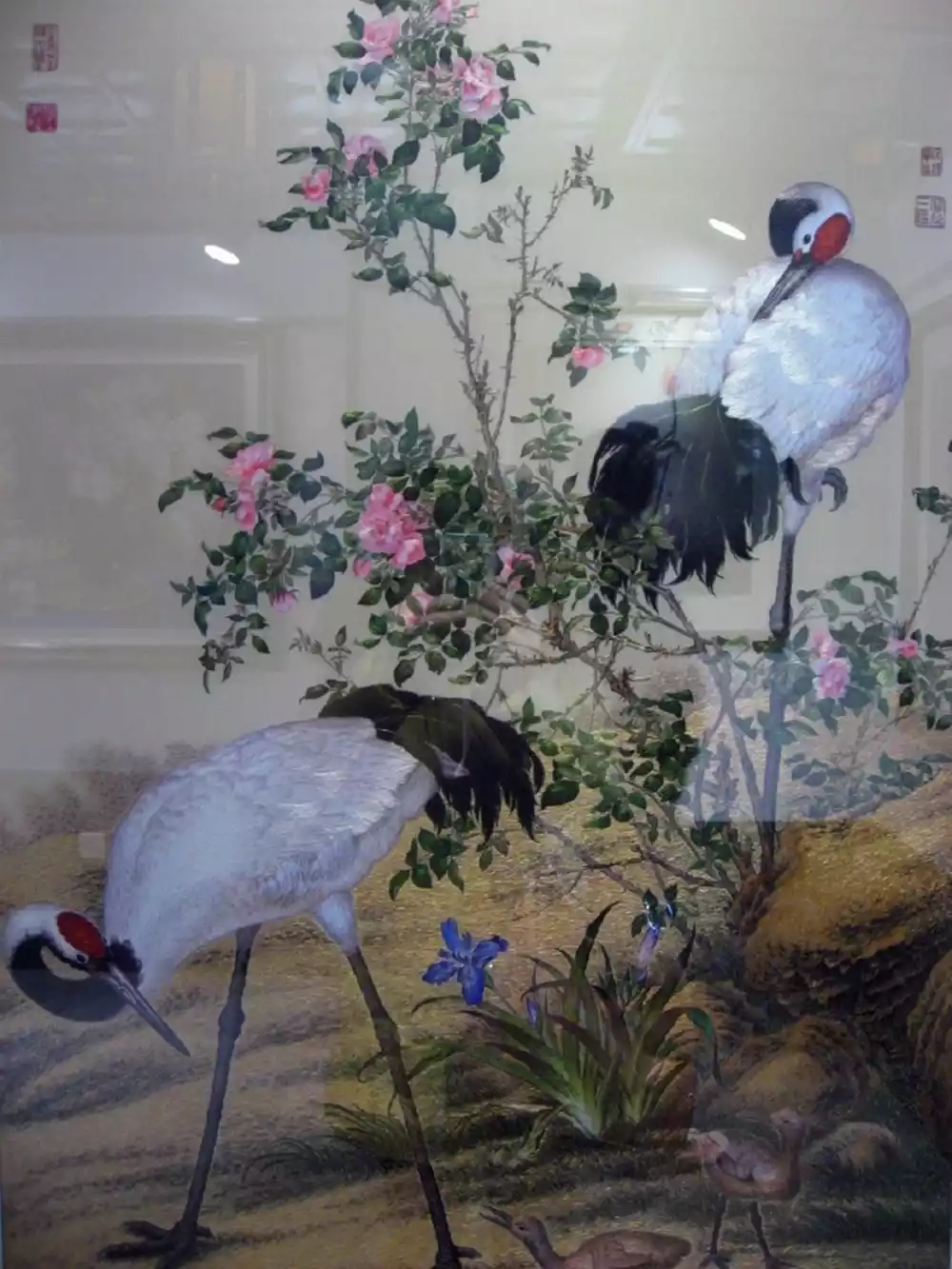

Suzhou Arts and Crafts Museum
Highlights: It is the largest arts and crafts museum in East China, with an exhibition area of more than 4,000 square meters. It displays a wide variety of Suzhou craftsmanship that has been popular for thousands of years. In this museum, you can see more and more comprehensive exhibits than the main Suzhou Museum, and learn about Suzhou's profound historical and cultural heritage and the elegant, beautiful and exquisite regional characteristics of traditional handicrafts.
Treasures in the collection: ivory carved Buddha, mahogany inlaid with silver thread "Octagonal Fruit Box", ivory carved "Guanyin", single-sided embroidery "Hollyhock and Two Ducks", rosewood and sandalwood inlaid with silver thread, hair embroidery "Vimalakirti Preaching Picture"
Address: No. 88, Northwest Street, Gusu District
Opening hours: 9:00-17:00 (last admission at 16:30)
Ticket price: 5 yuan, free for people over 60 years old
Introduction: The museum houses nearly a thousand exquisite and rare arts and crafts pieces from over ten categories, including modern Suzhou embroidery, sandalwood fans, kesi silk, jade carving, wood carvings, stone carvings, theatrical costumes, Taohuawu woodcut New Year paintings, Ming-style furniture, traditional musical instruments, antique bronzes, lacquerware, metalwork, and the Four Treasures of the Study. Suzhou has a long tradition of arts and crafts, and boasts 14 renowned Chinese arts and crafts masters, who are considered the museum's "treasures." Don't miss the opportunity to see their works!
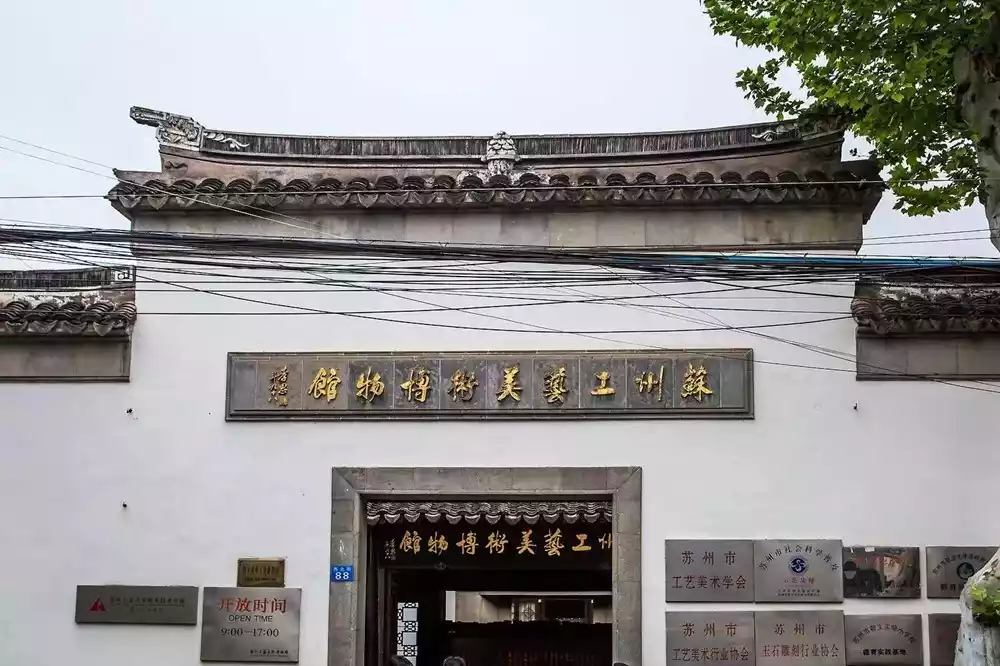




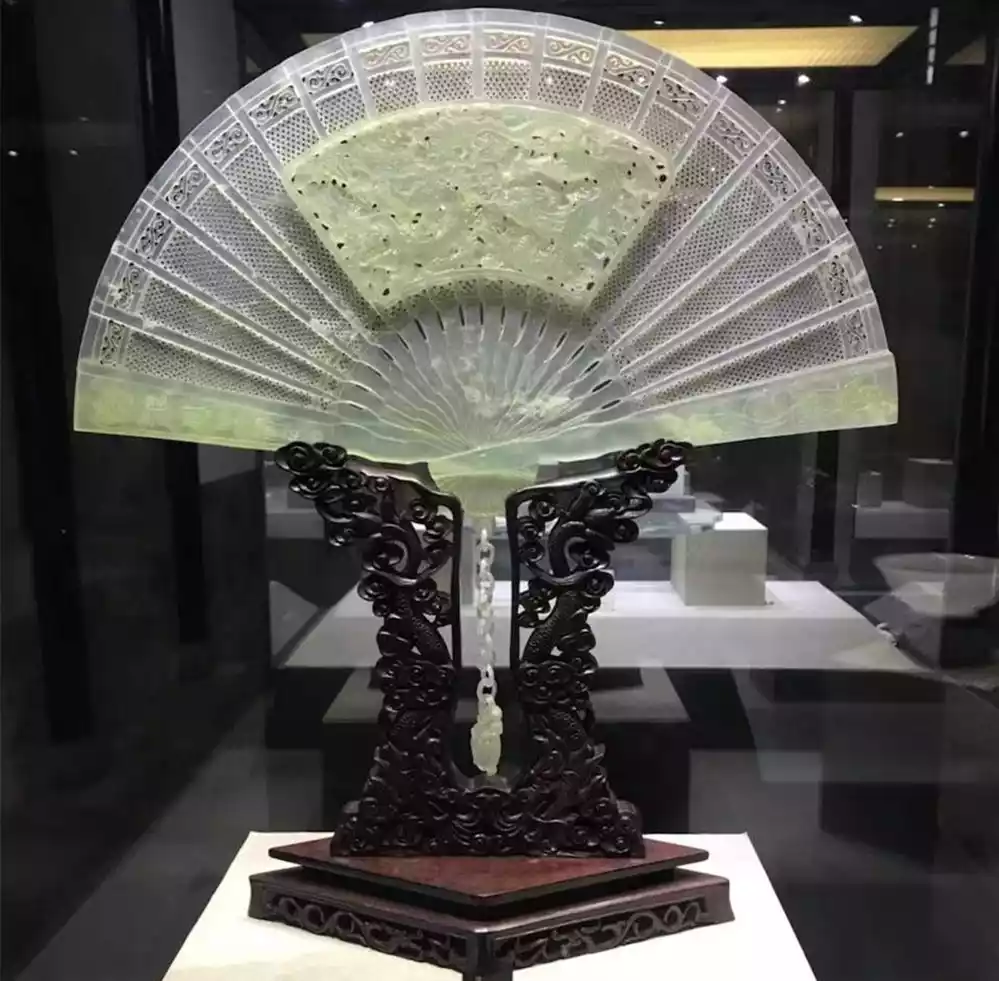

Recommended by depth enthusiasts
Suzhou Zhuangyuan Museum
Highlights: This museum is the former residence of Pan Shien. There are countless stories about the Gui Pan family. Among them, Pan Shien was a veteran of four dynasties. His great-grandson Pan Zuyin was also a third place winner in the imperial examination and served as a minister of military affairs. The Pan family loved collecting, and the two bronze tripods are even more legendary. Not only is the Pan family a family of scholars, but the city of Suzhou is also the hometown of number one scholars. From the Sui and Tang Dynasties to the late Qing Dynasty, in the 1,300-year history of imperial examinations, Suzhou has produced a total of 51 number one scholars in civil and military fields, ranking first among all prefectures in the country.
Treasures in the collection: the door plaque with the title of "Top Scholar" (written by Pan Shien of the Jiaqing Emperor for Wu Tingchen), the imperial examination paper of Li Jiaju (Guangxu Emperor), a square plaque with a black background and a golden dragon with the character "Fu" (given to Pan Shien by Emperor Daoguang), a plaque with a "One Branch Couplet" (given by Luo Bingzhang, a famous official of the late Qing Dynasty), and original calligraphy works of various top scholars.
Address: No. 3 Niujia Lane, Gusu District
Opening hours: Currently closed, usually from Tuesday to Sunday 09:00-16:00,
Ticket price: Free
Introduction: Pan Shien's former residence, over 200 years old, is a classic Suzhou-style garden, now a protected cultural relic of Jiangsu Province. The Suzhou Number One Scholar Museum is located here, fittingly enough. While the museum is located in the bustling heart of the ancient city, every step is imbued with the rich atmosphere of classical gardens, ancient residences, and literature. The museum is divided into four exhibition halls: the Sedan Hall, the Mandarin Duck Hall, the Gauze Hat Hall, and the Back Hall, each connected by a beautiful courtyard. Here, you can learn about the ancient imperial examination system, as well as historical relics of Suzhou's number one scholars, including the Gui Pan family. The museum also serves as a parent-child educational center, hosting regular educational activities.
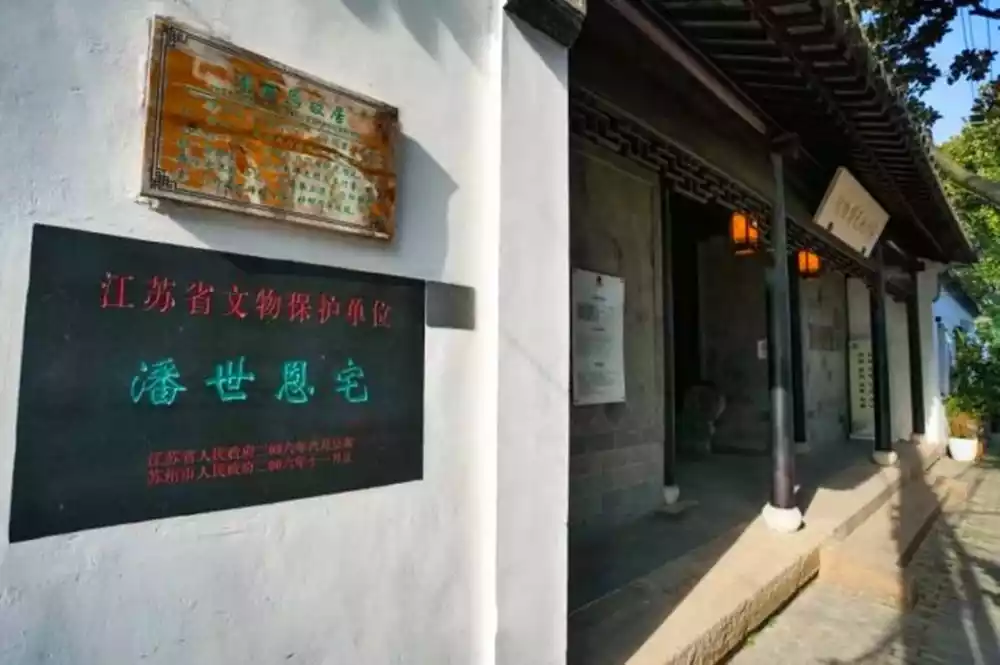
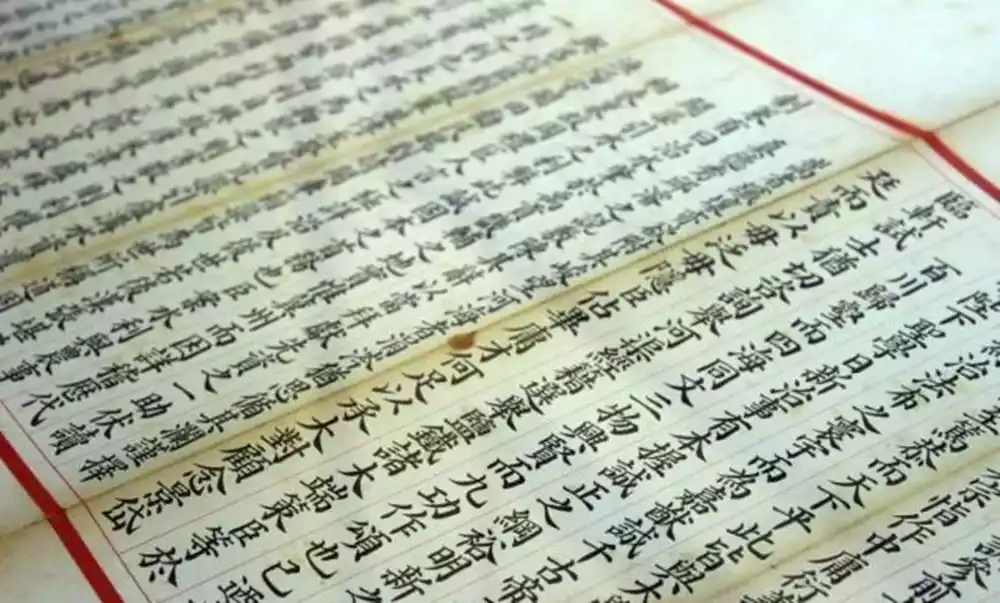





Suzhou City Wall Museum
Highlights: Suzhou boasts a history spanning over 2,500 years. Its 15-kilometer-long ancient city wall bears witness to its history and civilization. Its magnificent design, combined with its distinctive "Y"-shaped layout and dual-gate structure, creates a unique scenic spot. The Xiangmen City Wall, originally known as the Jiangmen Gate, was not only the site of weapons forging during the Spring and Autumn Period, but also offers a prime vantage point for viewing the moat and the ancient city's landscape. The museum also features numerous ancient maps of Suzhou, along with inscriptions and the history of the city wall, making it a worthwhile visit.
Treasures in the collection: Specimens of rammed earth city walls from the Warring States Period, a Han Dynasty water gate mortise (unearthed in 1980), and 19 maps of the ancient city
Address: Inside the Xiangmen City Wall Cultural and Leisure Area, at the end of Xiangmen Bridge, Ganjiang East Road, Gusu District
Opening hours: Tuesday to Sunday 9:00-16:30 (no admission after 16:00)
Ticket price: Free
Introduction: The Suzhou City Wall Museum's exhibition area spans two floors, totaling nearly 1,400 square meters. It is divided into six exhibition halls: "Introduction Hall," "A Thousand Years of City History," "Stories of the City Gate," "Inside and Outside the City," "Memories of the City Head," and "Recreation of the City Wall," showcasing the historical changes and archaeological findings of the Suzhou City Wall.

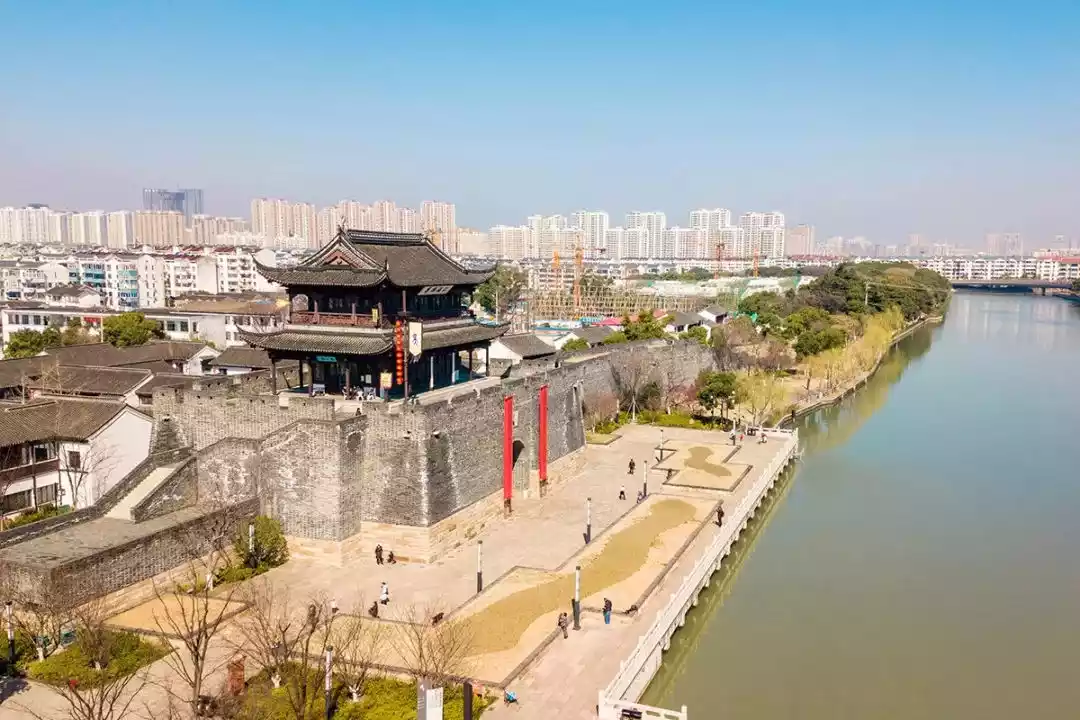



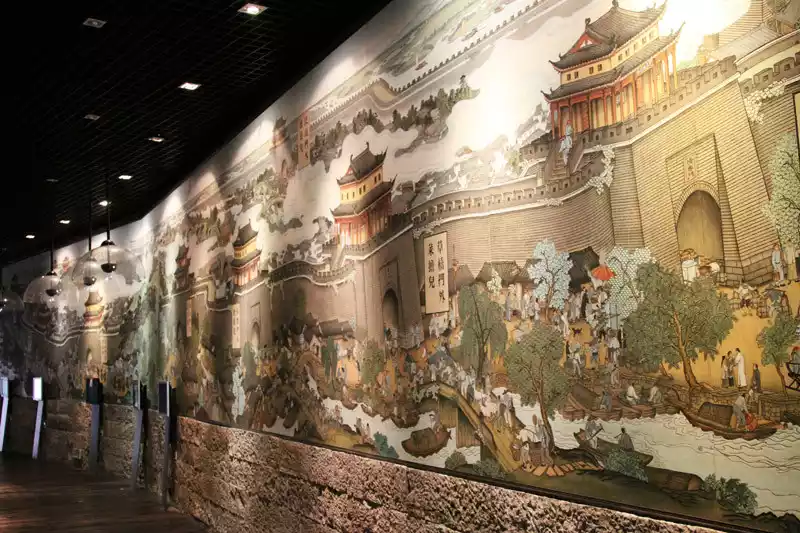



China Kunqu Opera Museum
Highlights: Suzhou is the birthplace of Kunqu Opera, known for its melodious singing and exquisite costumes. Not only can you see a beautiful ancient stage and exhibits of Kunqu Opera artifacts, but you'll also have the opportunity to see professional performances every Sunday afternoon (limited spots and affordable tickets are available. Interested parties should keep an eye out for announcements from the museum).
Treasures in the collection: Hall name lantern (original from Baohetang in the late Qing Dynasty)
Address: No. 14, Zhongzhangjiaxiang, Gusu District
Opening hours: Currently closed to the public, usually Tuesday to Sunday 9:00--16:30
Ticket price: Free, no reservation required (must bring ID card to pass the gate)
Introduction: Suzhou's only dual heritage museum (Grand Canal Heritage Site and Oral Heritage of Humanity Site), with indoor and outdoor ancient stages and the museum's treasure hall lantern, it is suitable for Kunqu opera enthusiasts and families.
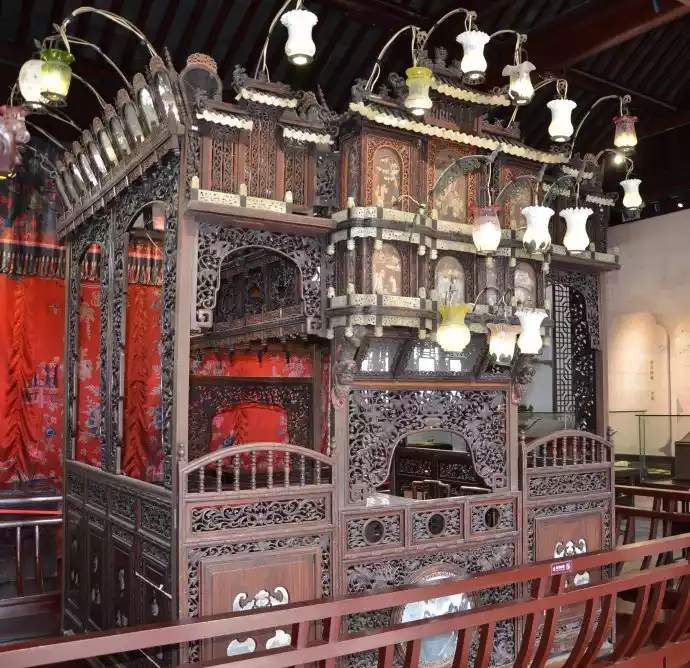


China Suzhou Pingtan Museum
Highlights: Pingtan, a 400-year-old art form, is one of the three cultural wonders of Suzhou, a renowned historical and cultural city, along with Kunqu opera and Suzhou gardens. The museum houses a variety of Pingtan artifacts and historical materials, including over 560 audio and video recordings from the collection of Chen Yun, a prominent proletarian revolutionary, donated by his wife, Yu Ruomu.
Treasures in the collection: Guangyu Society's pagoda (built in 1926 to commemorate the 150th anniversary of the founding of Guangyu Society)
Address: No. 3, Zhongzhangjiaxiang, Gusu District
Opening hours: Currently closed to the public, usually Tuesday to Sunday 9:00--16:30
Ticket price: Free, no reservation required (must bring ID card to pass the gate)
Introduction: The water town of Suzhou has not only nurtured generations of scholars and writers, but also fostered Suzhou's unique Pingtan art. The recent surge in popularity of Suzhou Pingtan through film and television dramas has rekindled the art's popularity. A visit to China's only Pingtan Museum is a must. The museum houses the Guangyu Society's pagoda, a collection of rare and unique musical scores, and musical instruments and historical materials collected by renowned modern artists.
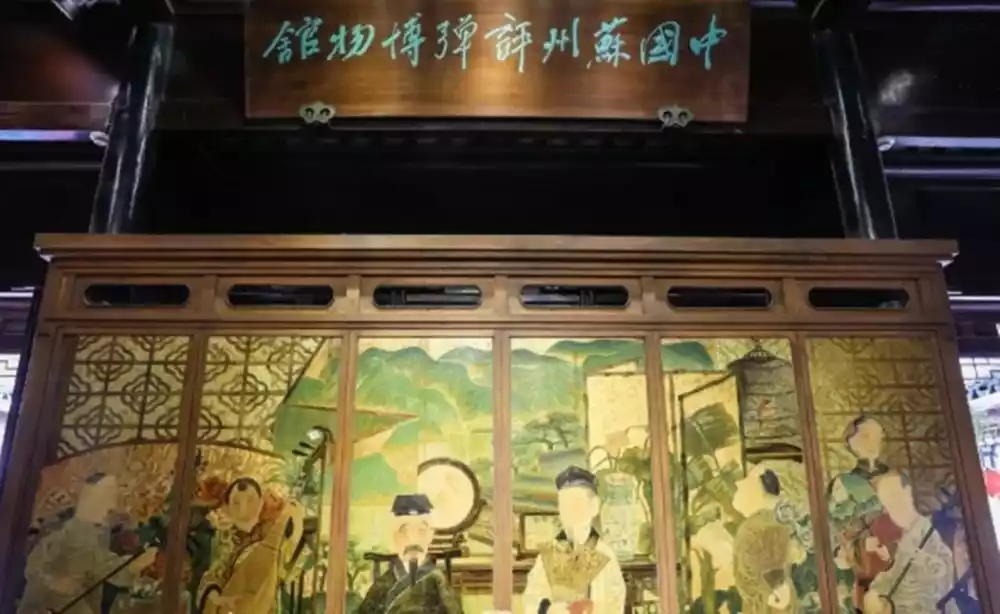

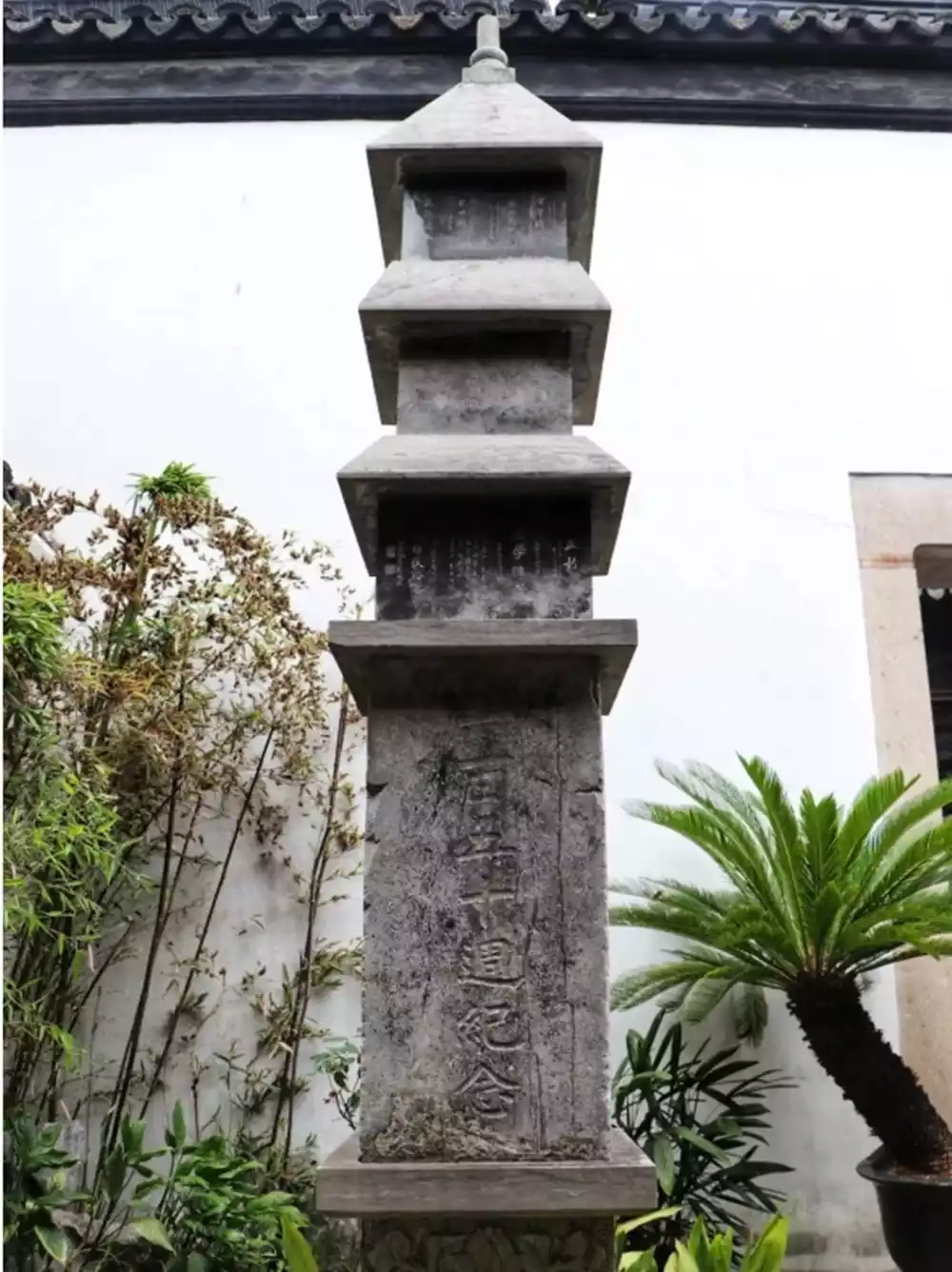



Guoyunlou Exhibition Hall
Highlights: Built during the Tongzhi reign of the Qing Dynasty, Guoyun Tower is a renowned collection of calligraphy, paintings, and ancient books in Jiangnan, earning the reputation of being "the premier collection in Jiangnan." The name "Guoyun Tower" is inspired by Su Dongpo's line: "To men, calligraphy and painting are but passing clouds." Visitors can not only learn about the life and work of Jiangnan's foremost collector, but also admire the collection's archives and Yiyuan Garden.
Treasures in the collection: Records of Painting and Calligraphy at Guoyun Tower, Painting of Planting Plum Blossoms under the Moon, Painting of Seven Gentlemen (replica), archives of donated cultural relics
Address: No. 2 Ganjiang Road, Gusu District
Opening hours: Tuesday to Sunday 9:00-17:00, no admission after 16:00
Ticket price: Free
Introduction: Guoyunlou, a renowned private library located on Ganjiang Road in Suzhou, is renowned for its "Jiangnan collection is the best in the world, and Guoyunlou's collection is the best in Jiangnan." It is now a Suzhou Municipal Cultural Relic Protection Unit. Passed down through six generations for 150 years, its collection encompasses over 800 titles, including ancient Song and Yuan dynasty books, exquisite manuscripts, fine Ming and Qing dynasty engravings, and collections of stone tablets, calligraphy, and seals. On the evening of June 4, 2012, Jiangsu Phoenix Group acquired the Guoyunlou collection for 216 million yuan at Beijing Council International Auction Co., Ltd. Among the collections is "Splendid Valley of Ten Thousand Flowers," the largest complete Song dynasty book currently in existence, both domestically and internationally. It preserves portions of a vast collection of lost ancient texts, leading the renowned Qing Dynasty scholar Ruan Yuan to remark that "books are like a splendid valley of ten thousand flowers, and paintings are like the pictures of the Demi-Gods and Semi-Devils."


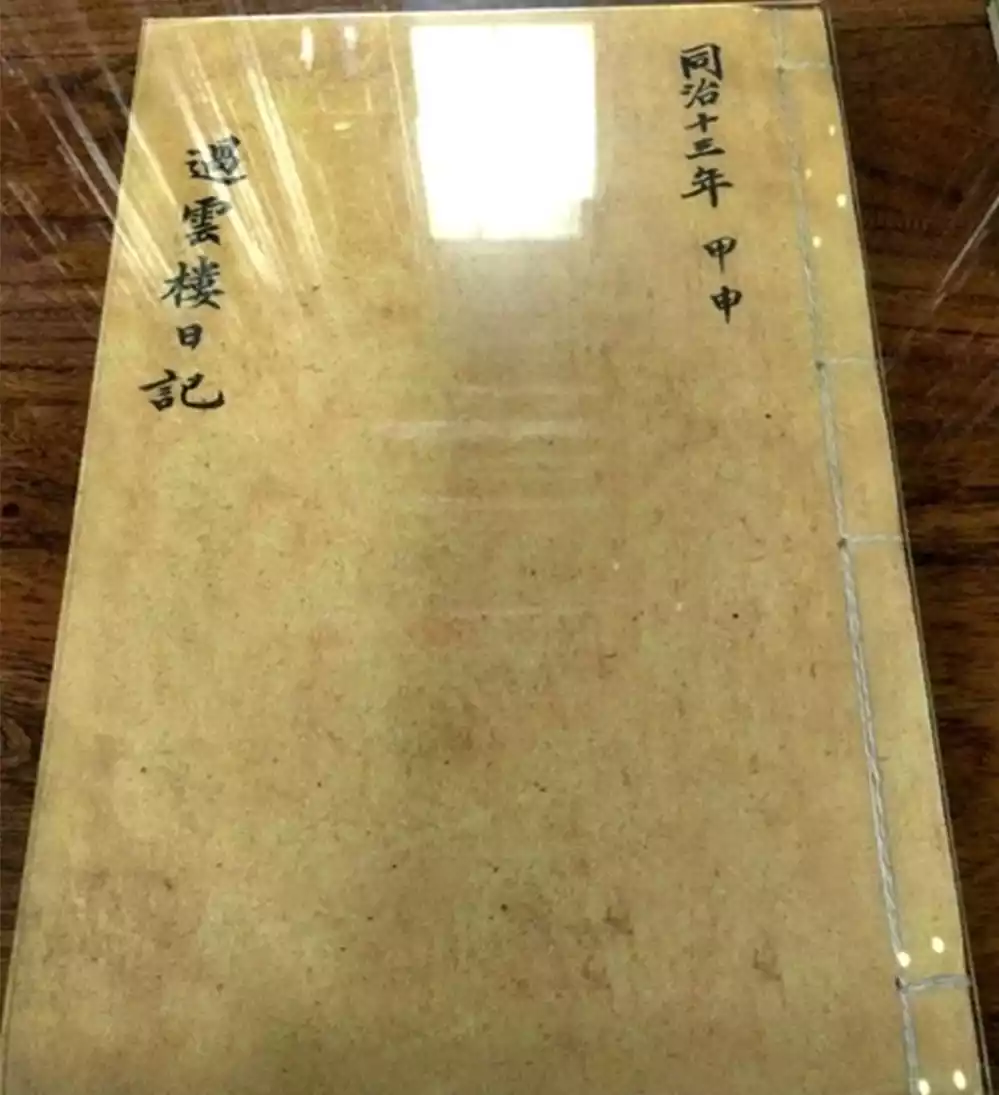



Conclusion
In addition to the 13 museums listed above, there are also outstanding museums within the city, such as the Changshu Museum (which has been promoted to a national first-class museum) and the Suzhou Zodiac Stamp Museum (a national non-state-owned museum), waiting to be visited. Most notably, the Suzhou Museum has taken a leading role, organizing summer night tours, symphony performances, and gatherings of East and West trendy scholars. The Suzhou Museum's cultural and creative products are also exquisite, rivaling those of the Palace Museum. If you have the chance to visit Suzhou, be sure to visit!

